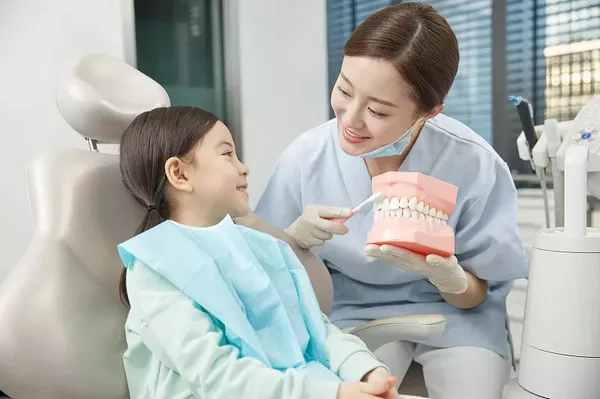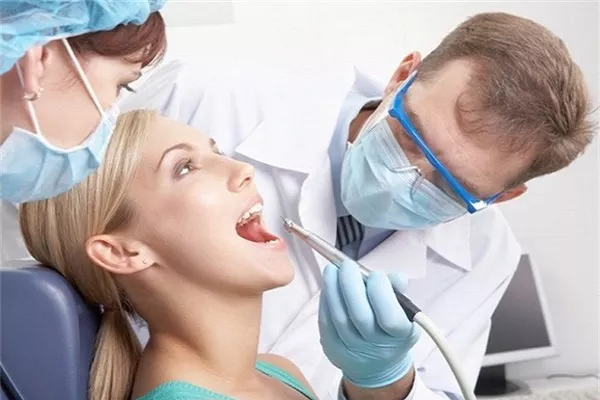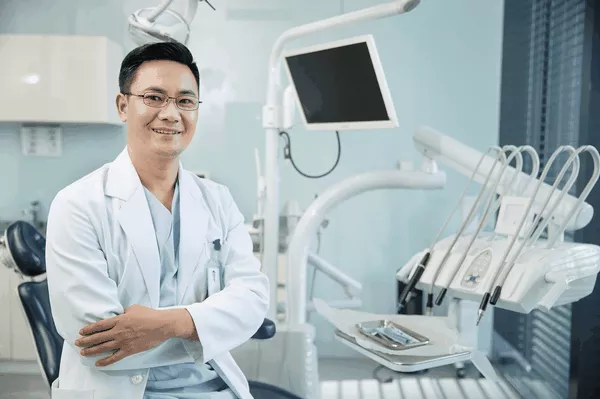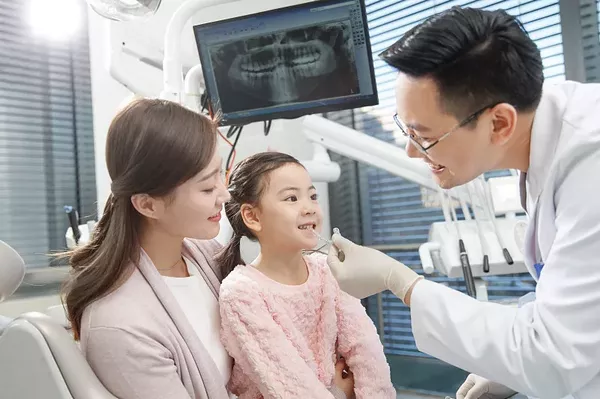Orthodontic treatment, including braces, is often associated with achieving a straighter and more aesthetically pleasing smile. However, beyond the benefits of improved dental alignment, many individuals wonder if braces can have an impact on their face shape. In this comprehensive guide, we will explore the potential effects of braces on facial appearance, addressing common questions and concerns related to orthodontic treatment.
Understanding the Purpose of Braces
Before delving into the potential effects of braces on face shape, it’s crucial to understand the primary goals of orthodontic treatment:
Dental Alignment: The primary objective of braces is to correct issues related to the alignment of your teeth. This includes straightening crooked teeth, closing gaps, and addressing bite problems.
Oral Health: Properly aligned teeth are easier to clean and maintain, reducing the risk of dental problems such as cavities and gum disease.
Functional Improvements: Braces can enhance the functionality of your bite, making it easier to chew, speak, and perform essential oral functions.
Aesthetic Benefits: While not the primary goal, braces can significantly improve the appearance of your smile, boosting your self-confidence and self-esteem.
Effects of Braces on Face Shape
While braces primarily target dental alignment, some individuals may notice subtle changes in their face shape during or after orthodontic treatment. These changes can include:
Improved Profile: Correcting bite issues with braces can lead to a more balanced facial profile. For example, individuals with overbites or underbites may see improvements in the projection of their upper or lower jaw, which can enhance their overall facial harmony.
Wider Smile: Braces can help align crowded or overlapping teeth, allowing for a broader and more symmetrical smile. This can positively influence your facial appearance by highlighting your smile.
Enhanced Lip Support: Proper dental alignment can provide better support for your lips, contributing to a more defined and attractive lip contour.
Cheek Symmetry: Addressing dental issues with braces can lead to better cheek symmetry, as well-aligned teeth help maintain a balanced appearance in the midface region.
Chin Position: In some cases, correcting dental alignment can have subtle effects on the position and prominence of the chin, which can influence overall facial aesthetics.
Improved Facial Profile: For individuals with significant orthodontic issues, such as severe overbites or underbites, orthodontic treatment can have a transformative effect on their facial profile, resulting in a more balanced and attractive appearance.
It’s important to note that these changes are often subtle and may not be the primary motivation for undergoing orthodontic treatment. The primary goal remains the correction of dental issues and the improvement of oral health.
Factors Influencing Facial Changes
Several factors can influence the extent of facial changes observed during or after orthodontic treatment:
Orthodontic Issues: The nature and severity of your orthodontic issues play a significant role in determining the extent of facial changes. Individuals with more pronounced dental problems may experience more noticeable improvements in facial appearance.
Treatment Duration: The duration of orthodontic treatment can vary widely based on individual needs. Longer treatment periods may allow for more significant changes.
Treatment Plan: The treatment plan developed by your orthodontist, including the type of braces used and the specific adjustments made, can impact the extent of facial changes.
Age: The age at which orthodontic treatment is initiated can influence the potential for facial changes. Younger individuals may experience more pronounced alterations as their facial bones are still developing.
Orthodontist’s Expertise: The experience and skill of your orthodontist can impact the quality and effectiveness of the treatment, potentially influencing facial changes.
Conclusion
While the primary goal of braces is to correct dental alignment and improve oral health, some individuals may notice subtle changes in their face shape during or after orthodontic treatment. These changes can include improved facial harmony, a broader smile, enhanced lip support, and better cheek symmetry. However, it’s essential to remember that the extent of these changes varies from person to person and depends on factors such as the nature of orthodontic issues, treatment duration, age, and the orthodontist’s expertise.
If you are considering orthodontic treatment and have questions or concerns about potential facial changes, it’s advisable to consult with an experienced orthodontist. They can provide a thorough assessment of your specific needs, discuss treatment options, and address any aesthetic considerations you may have. Ultimately, braces offer numerous benefits, including improved oral health and a more confident smile, which can positively impact your overall well-being.
Related Topics:





























